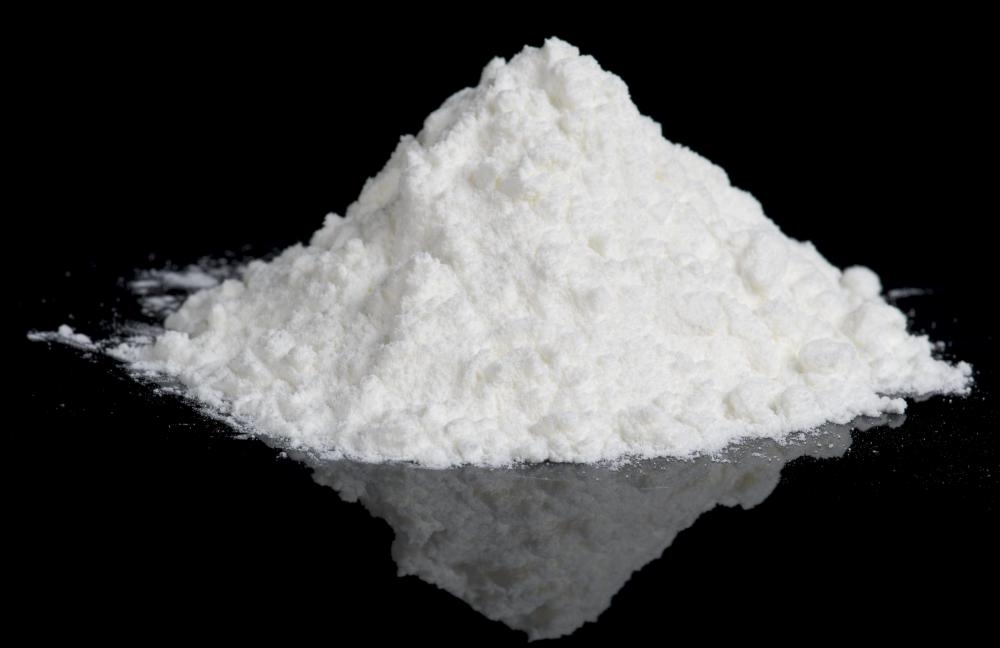At WiseGEEK, we're committed to delivering accurate, trustworthy information. Our expert-authored content is rigorously fact-checked and sourced from credible authorities. Discover how we uphold the highest standards in providing you with reliable knowledge.
What are the Different Types of Plastering Courses?
When looking at plastering courses, there are four different types: basic, intermediate, advanced and certification-level. The purpose of a plastering course is to provide the technical skills required to correctly mix and apply plaster to drywall as part of the building or construction process. Plastering courses are available from community colleges or technical colleges, job training centers and even some home improvement stores.
Plastering courses appeal to people looking for a career as a plasterer or homeowners interested in making home improvements. Selecting the appropriate course requires a combination of self-evaluation and an understanding of the level of skill required. For example, someone who has never applied plaster to drywall but wants to complete a home renovation project should take the basic course. Someone looking for a career as a plasterer should explore the certification course.

In basic plastering courses, the instructor will address topics such as tool selection, mixing plaster, surface preparation and basic application techniques. This type of course usually lasts four to eight hours and often can be completed in one day. A course that includes training in basic health and safety procedures and how to avoid repetitive strain injuries would be especially helpful.

An intermediate plastering course often lasts two days and provides training on how to plaster ceilings, different finishing techniques and repairing cracks. Some courses include floating coats, shelves and external plastering. An intermediate course that has a prerequisite can help to reduce the repetition of material from the basic class. Admissions requirements might include either prior plastering experience or successful completion of a basic plastering course.

Advanced plastering courses are offered by either trade associations or technical colleges. Designed for experienced plasterers, topics covered include application of polished plaster and the creation of various textured finishes. These plastering techniques are quite popular in Europe, and demand is growing in the United States and Canada. This type of course is usually one or two days in length, and admission is restricted to certified plasterers.
In Europe, Canada, Australia, and parts of Asia, there is a professional certification process for plasterers. As licensed skilled trades people, plasterers are required to complete a specific education program from an accredited school, along with a certain number of hours of supervised work experience. This program is usually five to eight days in length, and the successful completion of a written and practical exam is necessary to become certified.
AS FEATURED ON:
AS FEATURED ON:













Discuss this Article
Post your comments